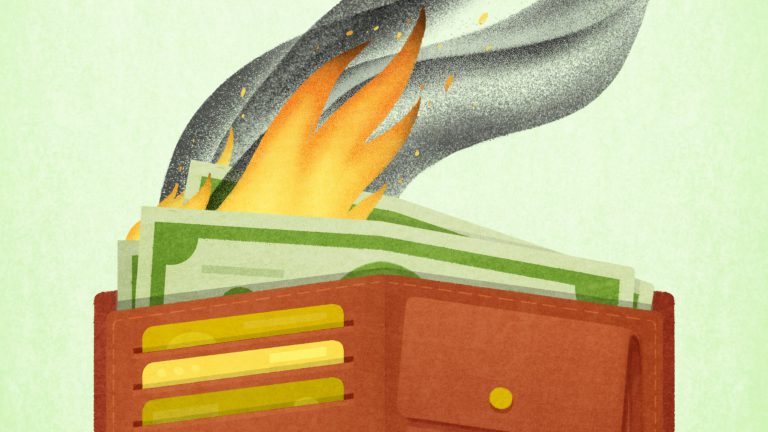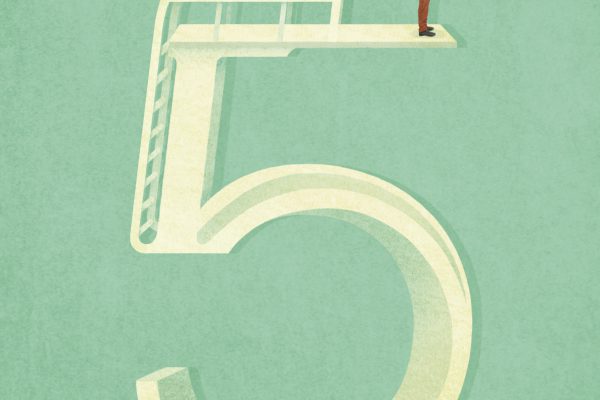After a drastic drop in March and April, consumer confidence has been shaky around the globe—slightly up in the US, and down in China. Amidst so much upheaval, it’s reassuring to know that some things haven’t changed, including the principles that govern consumers’ choices.
In Dollars and Sense, behavioral economist Dan Ariely explores how consumers calculate the value of things they want to buy. Consumers are inclined to think of prices in relative terms, and may have difficulty calculating the value of the things they want to buy. There is no one price that reflects an item’s objective value. Starbucks has demonstrated that a lot of people are willing to pay $5 or more for a cup of coffee. But the same customers would be unlikely to pay hundreds of dollars for a pound of coffee beans to take home. The high price only makes sense in certain contexts.
Consumers aren’t rational, but they remain predictable. With insight into the ways they calculate purchase decisions, you can better position your products and services to stand out from the competition. For insights on the psychology of purchase decisions that will pay off fast, check out our Instaread on Dollars and Sense.







